 The Star Spangled Banner
The Star Spangled BannerHistory: In 1814, about a week after the city of Washington had been badly burned, British troops moved up to the primary port at Baltimore Harbor in Maryland. Francis Scott Key visited the British fleet in the Harbor on September 13th to secure the release of Dr. William Beanes who had been captured during the Washington raid. The two were detained on the ship so as not to warn the Americans while the Royal Navy attempted to bombard Fort McHenry. At dawn on the 14th, Key noted that the huge American flag, which now hangs in the Smithsonian's American History Museum, was still waving and had not been removed in defeat. The sight inspired him to write a poem entitled Defense of Fort McHenry; later the poem was set to music that had been previously composed for another song by a Mr. Smith.
The end result was the inspiring song now considered the national anthem of the United States of America. It was accepted as such by public demand for the next century or so, but became even more accepted as the national anthem during the World Series of Baseball in 1917 when it was sung in honor of the brave armed forces fighting in the Great War. The World Series performance moved everyone in attendance, and after that it was repeated for every game. Finally, on March 3, 1931, the American Congress proclaimed it as the national anthem, 116 years after it was first written.
By Francis Scott Key
Oh, say can you see by the dawn's early light
What so proudly we hailed at the twilight's last gleaming?
Whose broad stripes and bright stars thru the perilous fight,
O'er the ramparts we watched were so gallantly streaming?
And the rocket's red glare, the bombs bursting in air,
Gave proof through the night that our flag was still there.
Oh, say does that star-spangled banner yet wave
O'er the land of the free and the home of the brave?
On the shore, dimly seen through the mists of the deep,
Where the foe's haughty host in dread silence reposes,
What is that which the breeze, o'er the towering steep,
As it fitfully blows, half conceals, half discloses?
Now it catches the gleam of the morning's first beam,
In full glory reflected now shines in the stream:
'Tis the star-spangled banner! Oh long may it wave
O'er the land of the free and the home of the brave!
And where is that band who so vauntingly swore
That the havoc of war and the battle's confusion,
A home and a country should leave us no more!
Their blood has washed out their foul footsteps' pollution.
No refuge could save the hireling and slave
From the terror of flight, or the gloom of the grave:
And the star-spangled banner in triumph doth wave
O'er the land of the free and the home of the brave!
Oh! thus be it ever, when freemen shall stand
Between their loved home and the war's desolation!
Blest with victory and peace, may the heav'n rescued land
Praise the Power that hath made and preserved us a nation.
Then conquer we must, when our cause it is just,
And this be our motto: "In God is our trust."
And the star-spangled banner in triumph shall wave
O'er the land of the free and the home of the brave.
ENJOY A VERY SAFE BOATING AND ENJOYABLE LONG WEEKEND!
Robin Storm
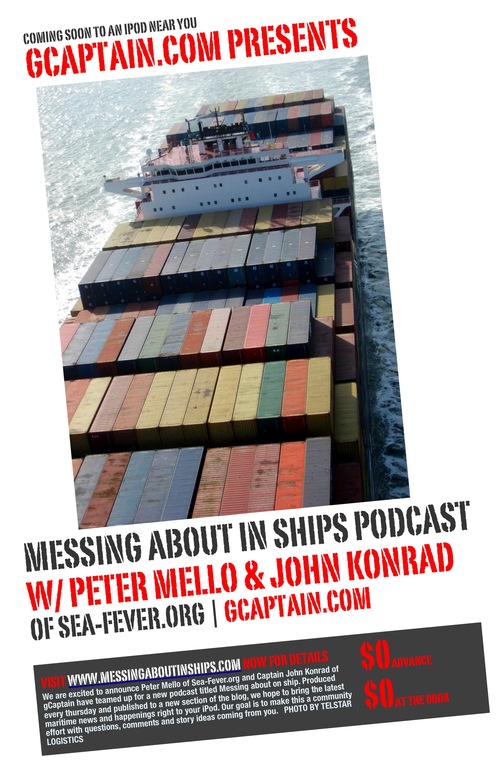






























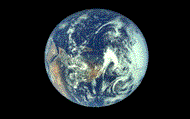












































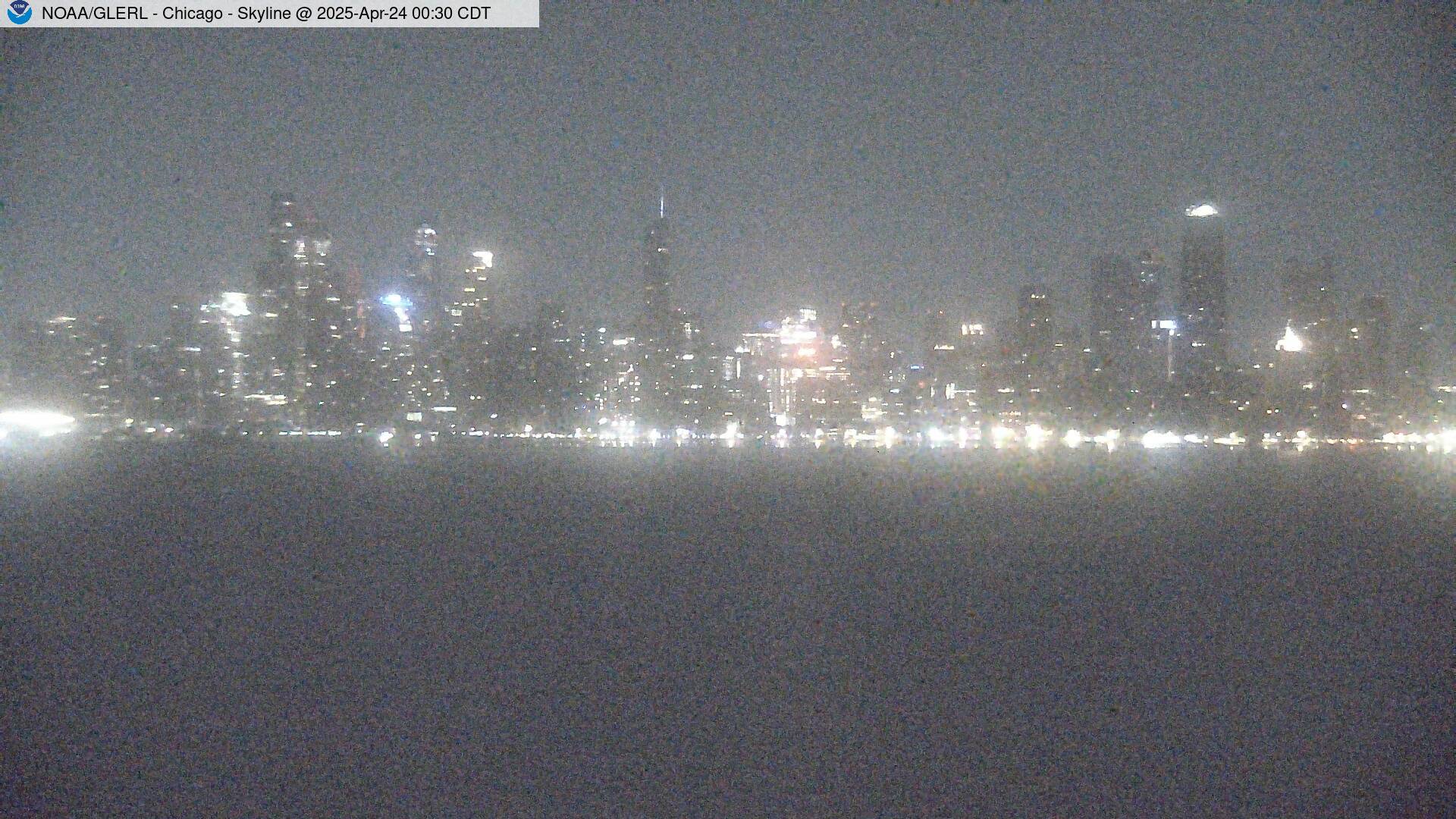











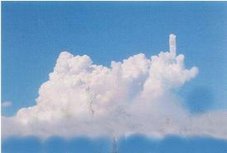

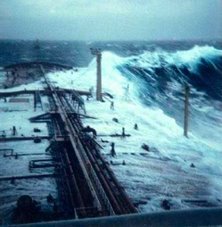



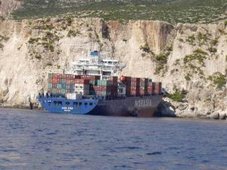




![Validate my RSS feed [Valid RSS]](valid-rss.png)